Oryx and Crake: Why Atwood Matters
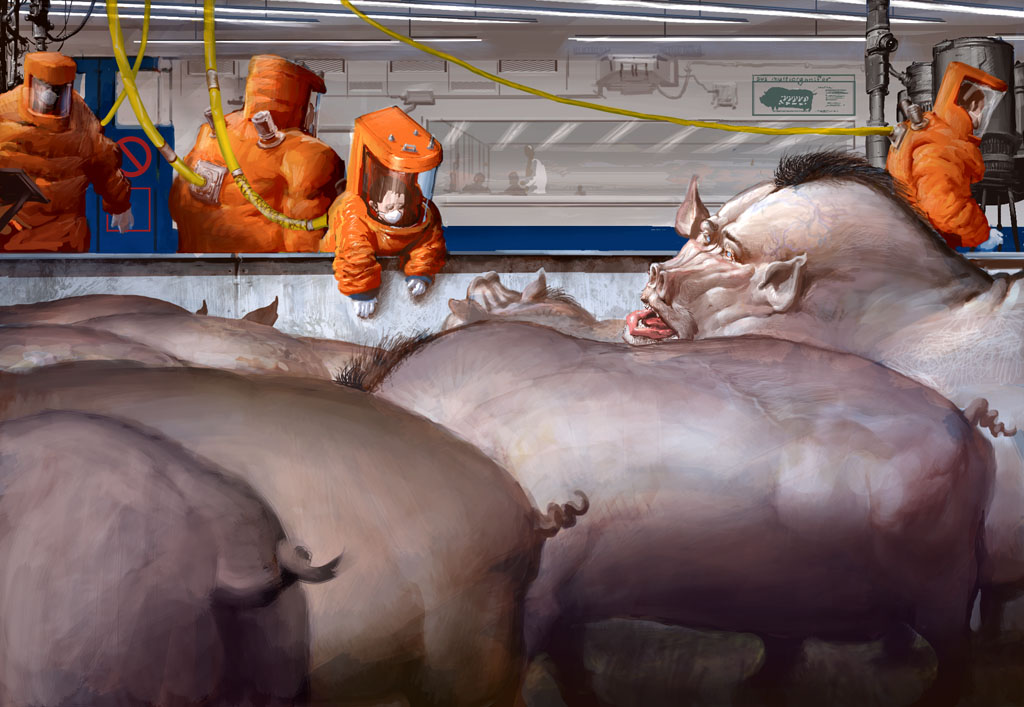
Dystopia on the Rise: Margaret Atwood remains Significant
In yet another work of speculative fiction by Margaret Atwood, Oryx and Crake holds its own particular significance. She takes her audience for a rather eye-opening journey deep into the apocalyptic dystopia of a deteriorating humanity. As the tragic chronicle of Snowman, her protagonist’s life unfolds, the audience catches a jarring glimpse into his past and is repeatedly presented with a slew of perplexing issues. These fantastical problems presented by Atwood cause a profound speculation for her contemporary reader and perhaps even poses the true question as to whether these seemingly far-fetched predicaments are really so far from the realities of today. In a glorious attempt to awaken a possibly apathetic generation, Atwood’s vision outlines the legitimate concerns we may have about the sterility of a much too structured, much too controlled society and how it could be the unintended downfall of our species.
Genetic Modification & the Unintended Consequences of Ruling Nature
The first step to recognizing Atwood’s ability to knock some consciousness into the psyche of her audience, is to examine the all too controversial subject matter she deliberately chooses to weave into the fibers of this novel. The story opens with the unappealing and mute existence of Snowman, her main character, who as the story goes on it is revealed he was also once known as Jimmy. From the beginning, the reader is faced with the ruinous state of the world in which Snowman resides, where insects eat better than mankind and the technological, existing human civilization as we know it has come to an end. Genetic modification is a key factor of our demise in this apocalyptic scenery and this idea is perhaps first presented with the introduction of the young and unclothed “Crakers”. These “Crakers” are a genetically spliced version of the human race created by Crake, Jimmy’s former best friend-turned mad scientist.
In the opening chapters we experience a perception of these multi-hybrid beings when the omnipresent narrator tells us it is, “discouraging how grubby everyone gets without mirrors. Still, they’re amazingly attractive, these children — each one naked, each one perfect, each one with a different skin colour…but each with green eyes. Crake’s aesthetic” (8). From this passage one can assume science has ruled out all forms of pure and naturally occurring individuality due to Crake’s creations, down to the very genes of the human subsistence. The intricacy of Atwood’s vision for these genetically ‘perfect’ children is relevant to our own society’s popularized view towards the essentiality of conformed, physical beauty. This concept of idealized beauty is a construct in which the world still struggles with today. Atwood further depicts this human mastery of genetic modification throughout the story and rather than using these “Crakers” as a celebration of progressive scientific discovery, as our society might view a triumph of physical perfection or beauty, they remain a symbol of the humanity’s undoing as they exist in this ‘grubby’ doomsday.
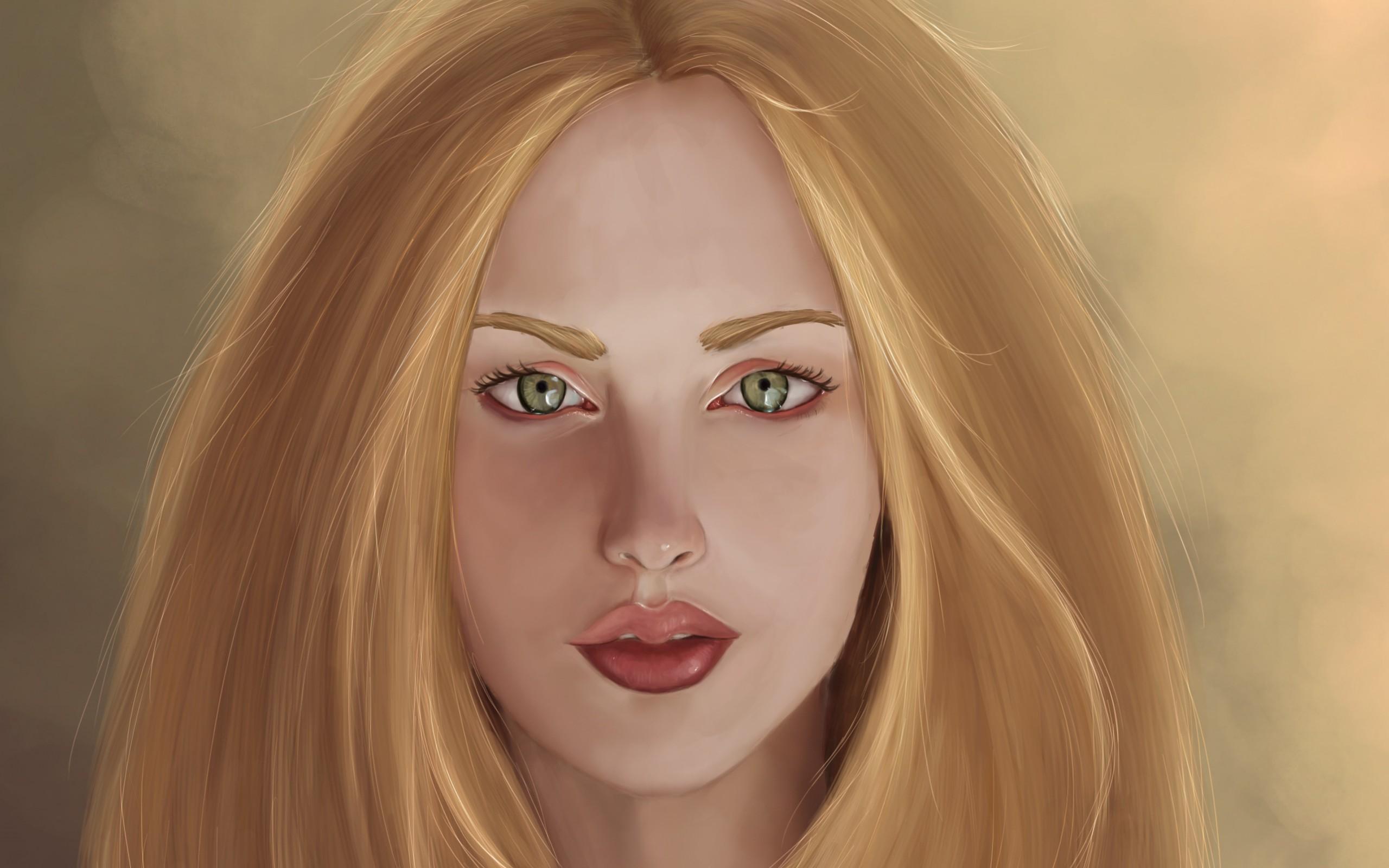
On this germane topic of genetic modification, a significant element of Atwood’s artful social commentary stretches into the genetic modification of humanity’s food sources in this future dystopia. As the reader travels back in time, we are shown the roots of this civilization’s chromosomal-swapping revolution. Atwood’s illustration of events could even possibly be compared to the upsetting pertinence of Harry Harrison’s Make Room! Make Room!, the novel largely influential to 1973’s major motion picture Soylent Green.
In Oryx and Crake, by means of genetically modifying animals, in a particularly morbid fashion Atwood portrays a society hellbent on the seriousness of absolute control. This could serve as another reason for this population’s collapse by wholly regulating the food source, especially for intentions that are not always entirely altruistic, or rather motivated by financial gain. In this ecologically deteriorating atmosphere, before the apocalyptic state of Snowman’s life, the world in which Jimmy grows up is in trouble as a result of gross climate change. Atwood describes this in flashbacks leaving subtle hints for the reader to comprehend, such as the description of a salt marsh that used to be a landfill “dotted with semi-flooded houses” (148), or the building of vacation communities where people “went to beat the heat” (178). The earth is much too overpopulated and being ravaged by an ecological nightmare due to global warming. Even worse, the over population has proved completely organic ways of acquiring food obsolete and therefore the advancement of genetically modified foods bleeds into the engineering of common, consumable animals, such as pigs later turned into ‘pigoons’. The research done by these scientifically based companies is supposedly for the for the sake of preserving human life, however, because of the capitalistic mindset and greed of these Corporations, they focus on the acquisition of further affluence and power rather than the true needs of human kind. Sound familiar?

Another small detail to appreciate is the genetically altered, quasi-swine-like beast, the ‘pigoon’ and a few other genetically engineered species such as the ‘snats’, ‘chickienob’ and even glowing bunnies. But the ‘pigoon’ could be singled out as the most influential symbol of how a once so useful and docile food source can turn wild, volatile and deadly; much like the habits of humanity. Even in the before years when the humans still control the ‘pigoons’ entirely, while at OrganInc farms, Jimmy’s father still advises him, “don’t fall in…They’ll eat you up in a minute” (26) stating just how quick nature can dominate the humanity that attempts to own it. However, through young Jimmy’s rejection of eating these creatures we catch a fleeting moment of hesitance toward the obstruction of nature and the conscience of a young, innocent mind unwilling to use and abuse another species or the nature he experiences. As his father asks him to eat his pigoon pie Jimmy is, “confused about who should be allowed to eat what. He didn’t want to eat a pigoon, because he thought of pigoons as creatures much like himself” (24). Atwood beautifully highlights the empathy of a young child in order to radically juxtapose just how arrogant human kind has become. This quote possibly translates directly into the society we experience today and the potential moral questions we are faced with simply strolling down the deli or poultry aisle of our local supermarket.
The grit of the issue is that maybe a portion of human kind, in this novel and in our world currently, has begun to mess with the natural world and the balance it brings to our cyclic existence. Atwood forces her audience to take a hard look at their lives and challenge their own ideals. Conceivably, the consequences of their dietary choices are unintended, yet they are the possible aftermath of a much too controlled approach to life. An overall message reiterated far and wide within this novel is this notion that inadvertent ramifications are feasible even with the strong hand of science on our side. In this over restricted and capitalistic marketplace given the task of feeding our growing world, there is certainly room for catastrophe.
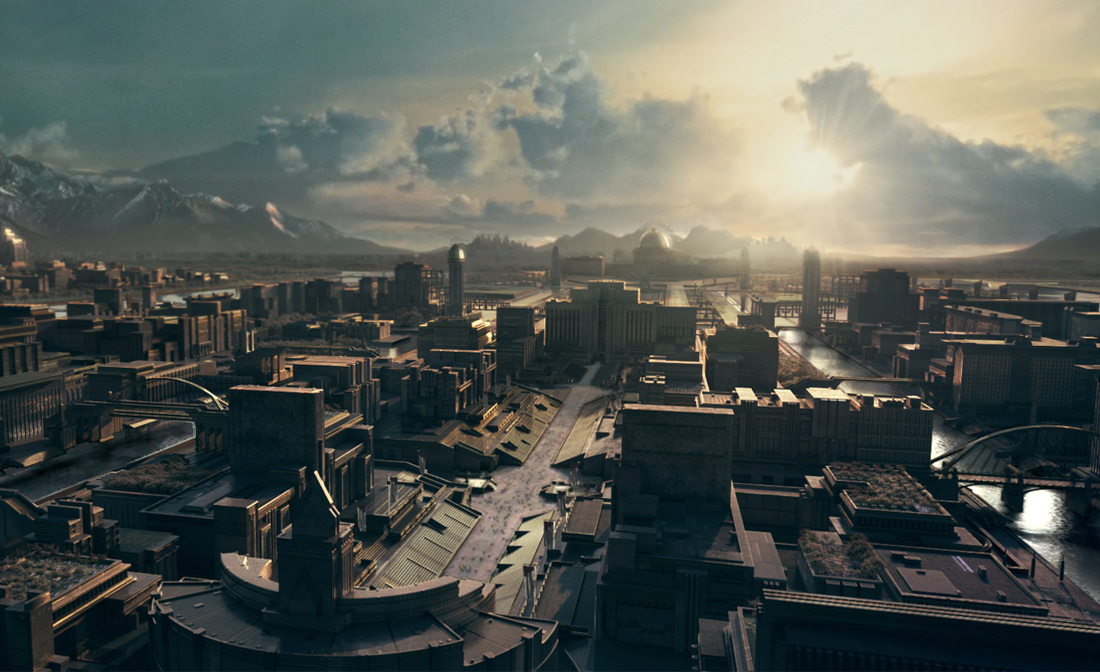
Fear of Totalitarian Policy & the Relevance in Society Today
Another lasting impression Oryx and Crake leaves with its reader is the weariness of a much too invasive and powerful government. We’ve seen speculative fiction cover this idea in a multitude of ways in everything from Huxley’s Brave New World to Orwell’s 1984. Still, Oryx and Crake carries its own direct importance to current events of our society today outlining the dangers and protruding properties of a government not just unwilling to simply guide the people but rather, rule them. It also demonstrates the severity of brainwashing a society into saying it is, “for our own good” (52) as Jimmy’s father does when he is discussing the matter of bugging every citizen’s phones and emails. This is not so far from the truth of United States’ own unconstitutional “Patriot Act” which was implemented after the terrorist attack of September 11th, 2001. This legislature gave authority to America’s own National Security Agency to spy on its own people for the sake of ‘safety’. Throughout the entire novel, Jimmy is questioned and re-questioned by government officials in their attempt to figure out his mother’s obviously rebellious disappearance.
This ‘big brother’ approach, if you will, is demonstrated throughly by Atwood throughout the novel as government represents itself as the hero, everything from the mere act of calling Jimmy “son” (62), down to Crake’s final act of control with the utilization of a mass chemical weapon of destruction. Government pries into his life and the lives of its people without hesitation and for their ‘own good’. Yet, this all the more validates just how much influence they have over the existence of free thought and how it subsists in their rigidly structured society. This all too transparent correlation to present-day news supports the notion that Atwood is consciously tackling the issues of our modern world, and wrapping them up in a pretty bow of fiction. The public may just go ahead, untie the knot, open up the issue and truly observe how much of their lives are being watched and or controlled by the institutions they prescribe to, most of all government. Atwood valiantly contends that these terrifying, accidental emanations left by government’s oppressive control has the ability to destroy human creativity, morality, quality of life and possibly our existence of humanity as a whole.
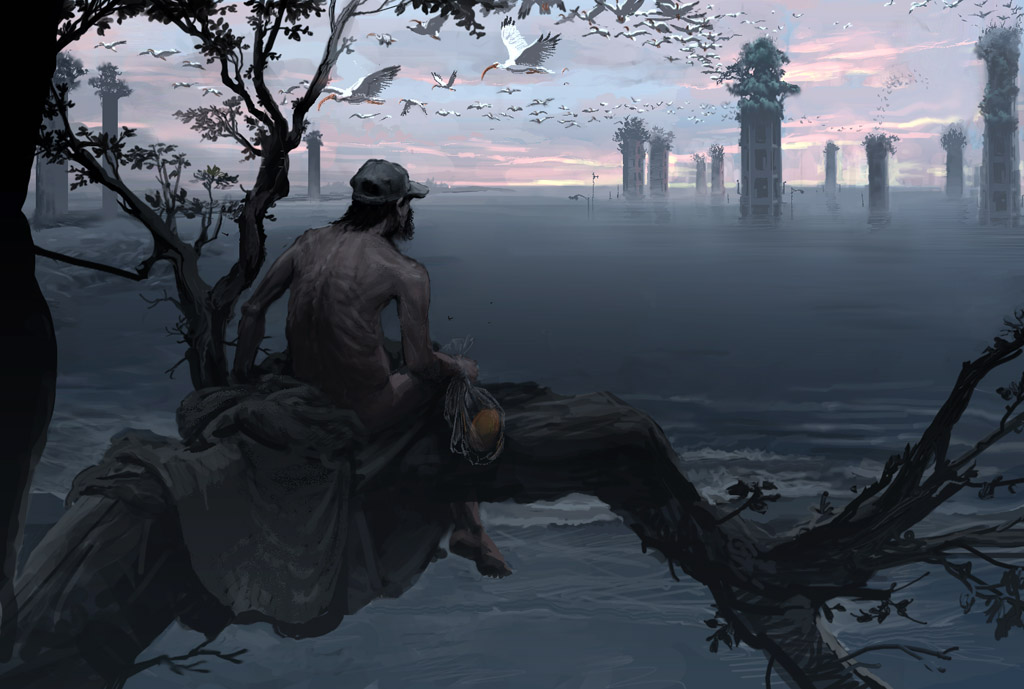
The Segregation of the Social Classes & Holding Up a Mirror to Society
Lastly, the apparent segregation of the society present in Oryx and Crake is not-so-surprisingly reminiscent of the barriers our societies of the world are met with to this day. In Atwood’s novel there are varied ‘Compounds’ of which belong to ‘Corporations’ and they severely control the borders of each of these ‘Compounds’, isolating them from the rest of the planet’s population. They refer to these left-out others, these untouchable places as the “pleeblands”. Every citizen’s status relies predominantly on your utility to the Compound. Unless artists or musicians or poets use their talents to support the Corporations, they are decidedly the rubbish of society and their usefulness pales in comparison to that of a mathematician or scientist.
The class system of today’s world could be compared to this hard-lined manner of society, where money matters most and creativity is often placed on the back-burner to science. But again through Jimmy’s character, we relive his own fascination and slight hesitation as he walks through a ‘pleebland’ and is exposed to a place that has, “real musicians… real bands of street urchins…asymmetries, deformities…He was gawking” (288), and we furthermore can infer these undefined parts of a fallible civilization are what bring a lasting wonder to the human experience. Atwood yet again spells out the dangers of eradicating natural defects from the human existence, for the sake of ‘survival’ or ‘safety’. She illustrates how those blemishes may just be what keeps us from spiraling into the unplanned chaos of too much control, often inflicted by an oppressive nanny state and reinforced with intransigent social expectations.
In Oryx and Crake, Margaret Atwood gracefully tackles the hot topics of today’s world and gives her audience an opportunity to question our own assumptions about the importance of over-regulation, surveillance and social segregation. This novel acts as an example of how important it is for authors of speculative fiction to write of things contemporaneous and relevant to the society in which it is presented. The story is exceedingly well-suited for the modern reader and pushes the boundaries of what we know to be ‘certain’ in the current state of our world, planet and society all together.
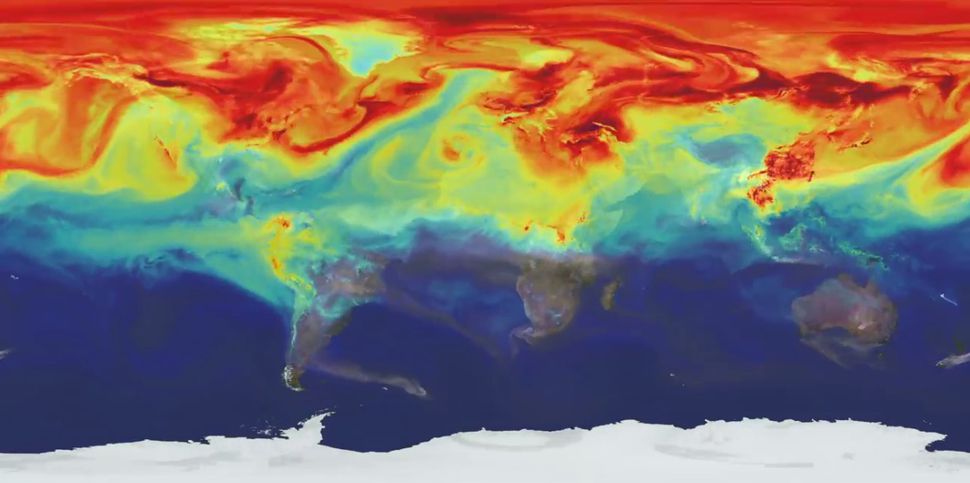
What do you think? Leave a comment.



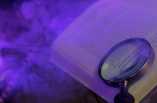







Geez. That was the most depressing apocalypse ever.
She takes a lot of issues that are already so prevalent anyway and just turns the volume way way up. I don’t know how she managed to incorporate so much of it so organically and completely into the story.
Excellent piece, well written and extremely relevant to our current socio-political moment. Your line on Atwood’s ‘glorious attempt’ to shake us from our stifling apathetic mentality is on point! Certainly, she remains important especially with the recent adaptation of ‘Handmaid’s Tale’ on Hulu – an amazing show.
I’m not quite sure about how I feel about the television show but you’re absolutely right. In ‘The Handmaid’s Tale’ Atwood explores themes of female subjugation extremely well, which is so important and still relevant today. So many of her novels are applicable to present day society and help to challenge and start a conversation about different issues.
Atwood is a surgeon of words and rarely is a single word not deeply meaningful.
This is a very relevant piece of work, exploring extreme weather conditions due to greenhouse gases, ethical questions in genetic engineering, the extremely disturbing nature of industrialized farming, the massive divide between the rich and poor, child sex slavery and the constant threat of killer viruses (just to scratch the surface!).
Terrific and terrifying. Terrifically terrifying.
This book makes me wonder if we haven’t already gone too far in the genetics field as it is.
I am Canadian and I feel I need to read this novel.
Hiya, I’m Canadian too, and I would definitely encourage you to read it! I actually read it last year for a university science class, and it was really eye-opening. I think this article captures Atwood’s effectiveness at depicting such a terrifying world that tips into ethically gray areas for genetics and government power.
I have to be honest, I really didn’t like the book. I found it annoying and pretentious. I hated the onslaught of made-up words and product names.
I felt duped for wasting my time.
So good haha
Great visuals! Dystopian post-apocalyptic universes can be depressing. But happy endings are for rom-coms only. Atwood, and so many Canadian authors, do seem to be about surviving rather than thriving. I think if we want to see a more positive triumph of the human spirit we will have to rely on our American brothers and sisters.
There’s just something about Atwood’s prose that gets me. Part of it is her brilliantly accurate metaphors.
Atwood is amazingly prolific.
This was the most gripping stream-of-consciousness story I’ve read.
Really relevant analysis. Nobody can write dystopia like Atwood. Depending on your preference, that’s either a good thing or a bad thing. For me, it’s a very good thing.
This is definitely one of the best dystopian/post apoc books I have ever read. Thank you for writing this just as good analysis.
Wasn’t sure I liked the constant toggling between the before and after, probably because there seemed to be a fair amount of repetition.
Thanks for your perceptive analysis of this unfortunately relevant book!
I love this genre and I devour all things ‘Dystopian’.
‘Margaret Atwood doesn’t want any of her books to be called science fiction’ as Ursula Le Guin pointed out in The Guardian 2009, saying Atwood’s ‘arbitrarily restrictive definition [of not science-fiction] seems designed to protect her novels from being relegated to a genre still shunned by hidebound readers, reviewers and prize-awarders. She doesn’t want the literary bigots to shove her into the literary ghetto.’ Could the genre be coming out of the ghetto?
After commenting above, I remembered the article M Atwood wrote for the New York Times on what The Handmaid’s Tale means in the time of Trump – clearly coming down on the spec fic side … just as we’re all starting to agree it’s really no fiction at all!
Agree 100%. Atwood’s prescience is based on her thoroughly researched, intelligent and imaginative understanding of contemporary technologies, politics, social systems and human foibles.
I hadn’t heard of this Atwood title until now and I will definitely keep my eye out for it!
I’ve studied and written about this book in the past and I’m thoroughly impressed with your article. Maybe you could write something about the ultimate development of human and pigoon relationships throughout the entire trilogy.